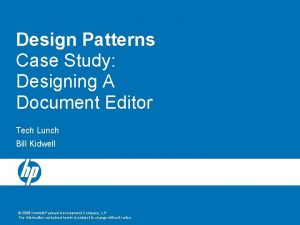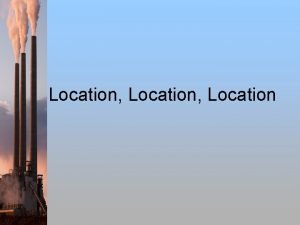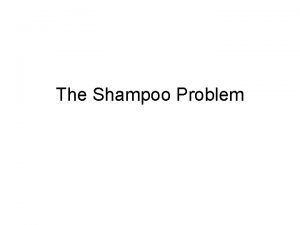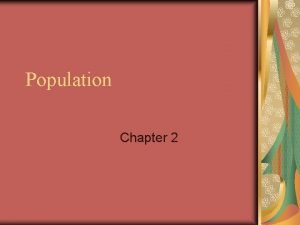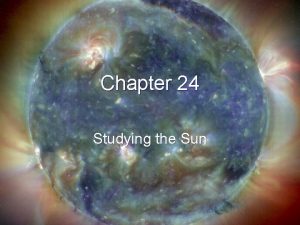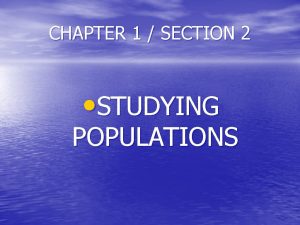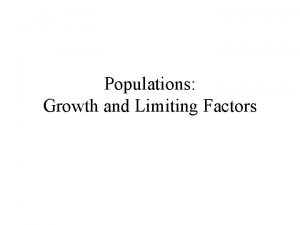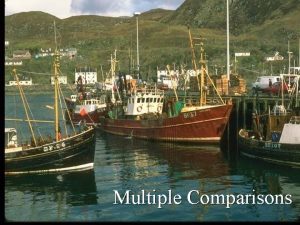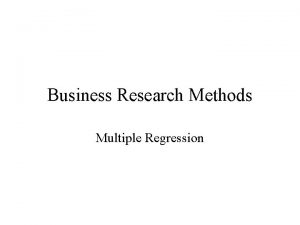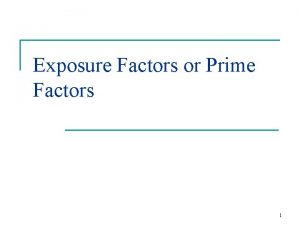Populations Studying Populations Scientists look at multiple factors

























- Slides: 25

Populations

Studying Populations • Scientists look at multiple factors • Geographic Range: the spaces where it lives • Density/Distribution: number of individuals/unit area and how they’re spread across their range • Growth Rate: bigger smaller or the same size • Age Structure: number of males and females of each age in the population

Population Growth • Size of the population changing based on individuals moving in or out • Birthrate: individuals born • Death Rate: Individuals die – If one is higher than the other, the size changes accordingly • Immigration: Individuals moving in • Emmigration: Individuals moving out. – If one is higher than the other, the size changes accordingly

Syrian Refugee Crisis • Since 2011, the start of the civil war: – 5. 6 million people have fled. – 6. 1 million are displaced within the country – Roughly 400, 000 have died • The population before the war: Roughly 23 million

Exponential Growth • The growth of a population with no inhibitors. • Population with full access to resources and space, no predators, no disease, and no waste. • Reproduction at a constant rate

Logistic Growth • When exponential growth is slowed • Creates a standard S-shaped curve • Caused by an increased death rate, slowed birth rate, increased emigration

Carrying Capacity • The largest number of individuals that a given environment can support. • Generally represented by the flat line of the S-Curve

Limiting Factors • The primary productivity of an ecosystem can be reduced when there is an insufficient supply of a particular nutrient. • Ecologists call such substances limiting nutrients.

Limiting Factors • A limiting nutrient is an example of a more general ecological concept: a limiting factor. • In the context of populations, a limiting factor is a factor that causes population growth to decrease.

Density-Dependent Factors • A limiting factor that depends on population size is called a density-dependent limiting factor.

Density-Dependent Factors – Density-dependent limiting factors include: • • competition predation parasitism disease

Density-Dependent Factors – Density-dependent factors operate only when the population density reaches a certain level. These factors operate most strongly when a population is large and dense. – They do not affect small, scattered populations as greatly.

Density-Dependent Factors – Competition • When populations become crowded, organisms compete for food, water space, sunlight and other essentials. • Competition among members of the same species is a density-dependent limiting factor.

Density-Dependent Factors • Competition can also occur between members of different species. • This type of competition can lead to evolutionary change. • Over time, the species may evolve to occupy different niches.

Density-Dependent Factors – Predation • Populations in nature are often controlled by predation. • The regulation of a population by predation takes place within a predator-prey relationship, one of the best-known mechanisms of population control.

Density-Dependent Factors Wolf and Moose Populations on Isle Royale Moose Wolves

Density-Dependent Factors – Parasitism and Disease • Parasites can limit the growth of a population. • A parasite lives in or on another organism (the host) and consequently harms it.

Density-Independent Factors • Density-independent limiting factors affect all populations in similar ways, regardless of the population size.

Density-Independent Factors – Examples of density-independent limiting factors include: • unusual weather • natural disasters • seasonal cycles • certain human activities—such as damming rivers and clear-cutting forests

5 -2 – A limiting factor that affects all populations in similar ways regardless of their size might be • • drought. disease. predation. crowding.

5 -2 – Which of the following would be a limiting factor affecting the panda population of China? • programs that educate people about endangered species • capture of some pandas for placement in zoos • laws protecting habitat destruction • a disease that kills bamboo plants

5 -2 – Density-dependent factors operate most strongly when a population is • • large and dense. large but sparse. small and sparse. small, but growing.

5 -2 – Within a limited area, if the population of a predator increases, the population of its prey is likely to • • increase. decrease. remain about the same. become extinct.

5 -2 – Which of the following is a densityindependent factor affecting populations? • • predation disease a destructive hurricane parasites

END OF SECTION
 Look down and to the left
Look down and to the left Delayed multiple baseline design
Delayed multiple baseline design Disadvantages of mimd
Disadvantages of mimd Spelling checking and hyphenation in design patterns
Spelling checking and hyphenation in design patterns Activity 1 a) look at the picture
Activity 1 a) look at the picture Activity 1 picture talk
Activity 1 picture talk Activity 1 look out
Activity 1 look out Multiples and factors class 5
Multiples and factors class 5 Site vs. situation
Site vs. situation Is a flower abiotic or biotic
Is a flower abiotic or biotic Abiotic vs biotic factors
Abiotic vs biotic factors Abiotic vs biotic factors
Abiotic vs biotic factors Biotic vs abiotic factors
Biotic vs abiotic factors Losch zone of profitability
Losch zone of profitability What are the factors of 8
What are the factors of 8 7-1 factors and greatest common factors
7-1 factors and greatest common factors Gcf monomials calculator
Gcf monomials calculator Researchers who are studying a new shampoo formula
Researchers who are studying a new shampoo formula Importance of studying population
Importance of studying population Job evaluation methods
Job evaluation methods Jummah salah rakats
Jummah salah rakats Studying in sweden as an eu citizen
Studying in sweden as an eu citizen Studying our living planet
Studying our living planet A student is studying the ecology of a playa lake
A student is studying the ecology of a playa lake Chapter 24 studying the sun
Chapter 24 studying the sun The five i's of studying microorganisms
The five i's of studying microorganisms



